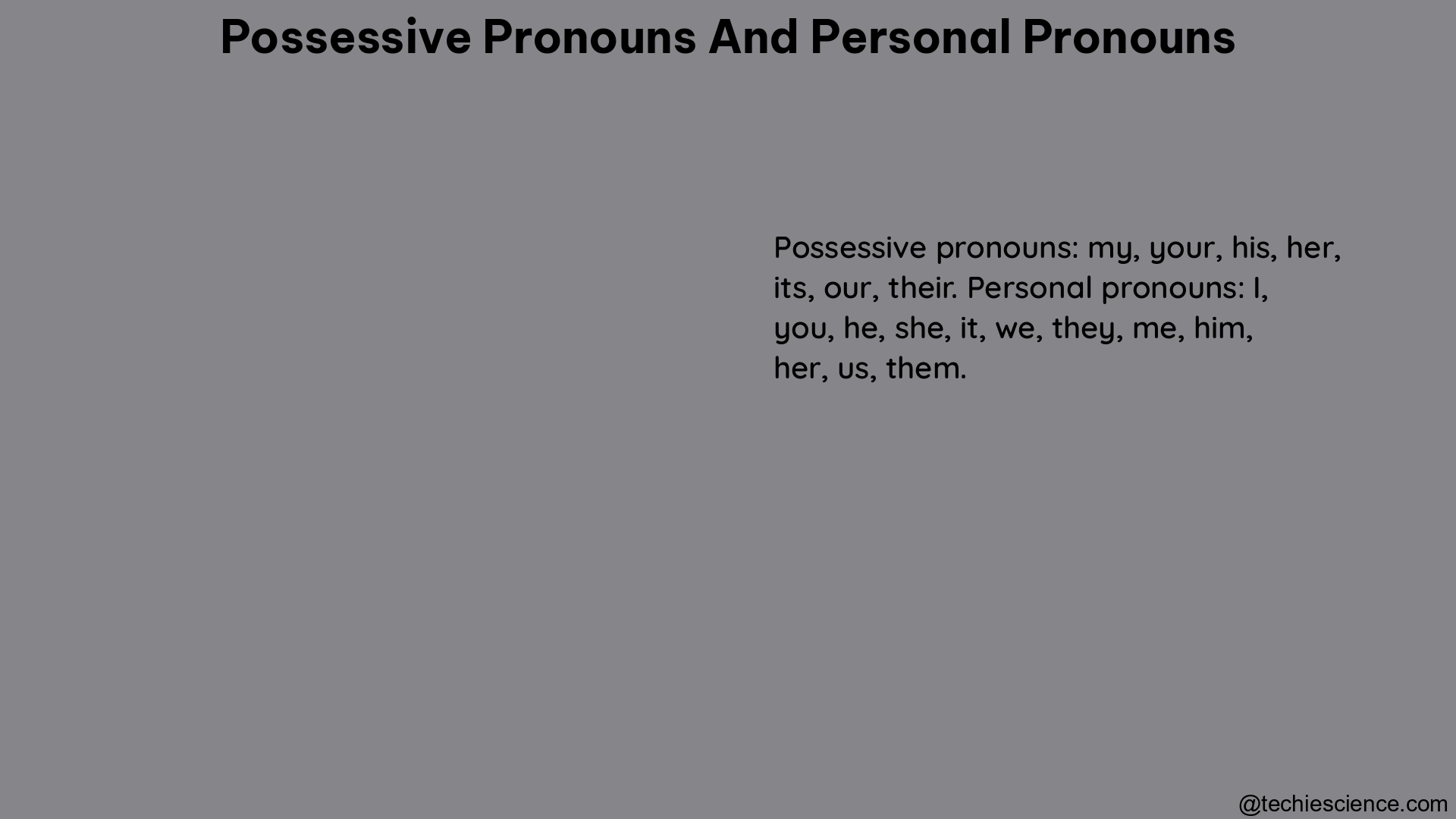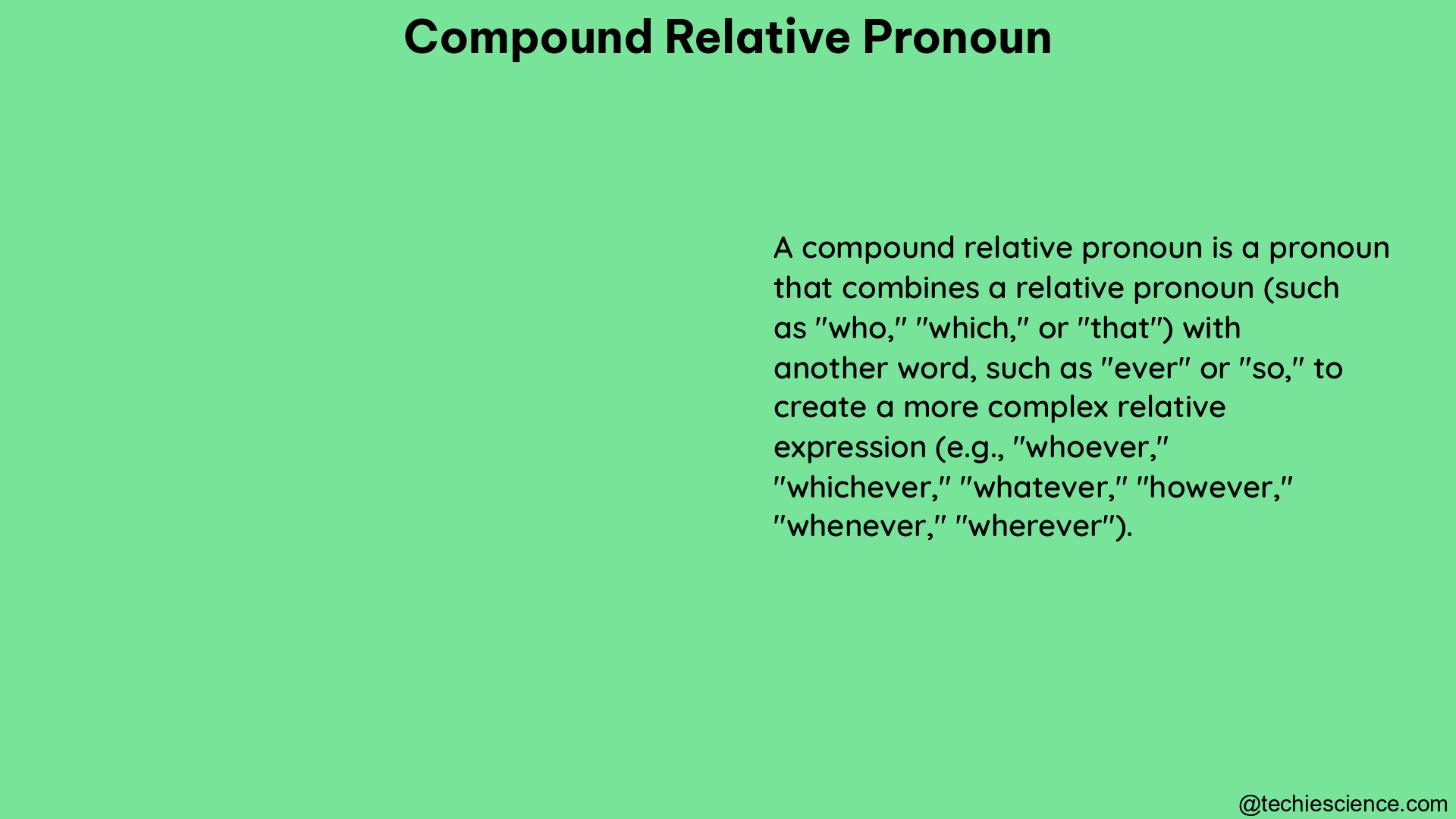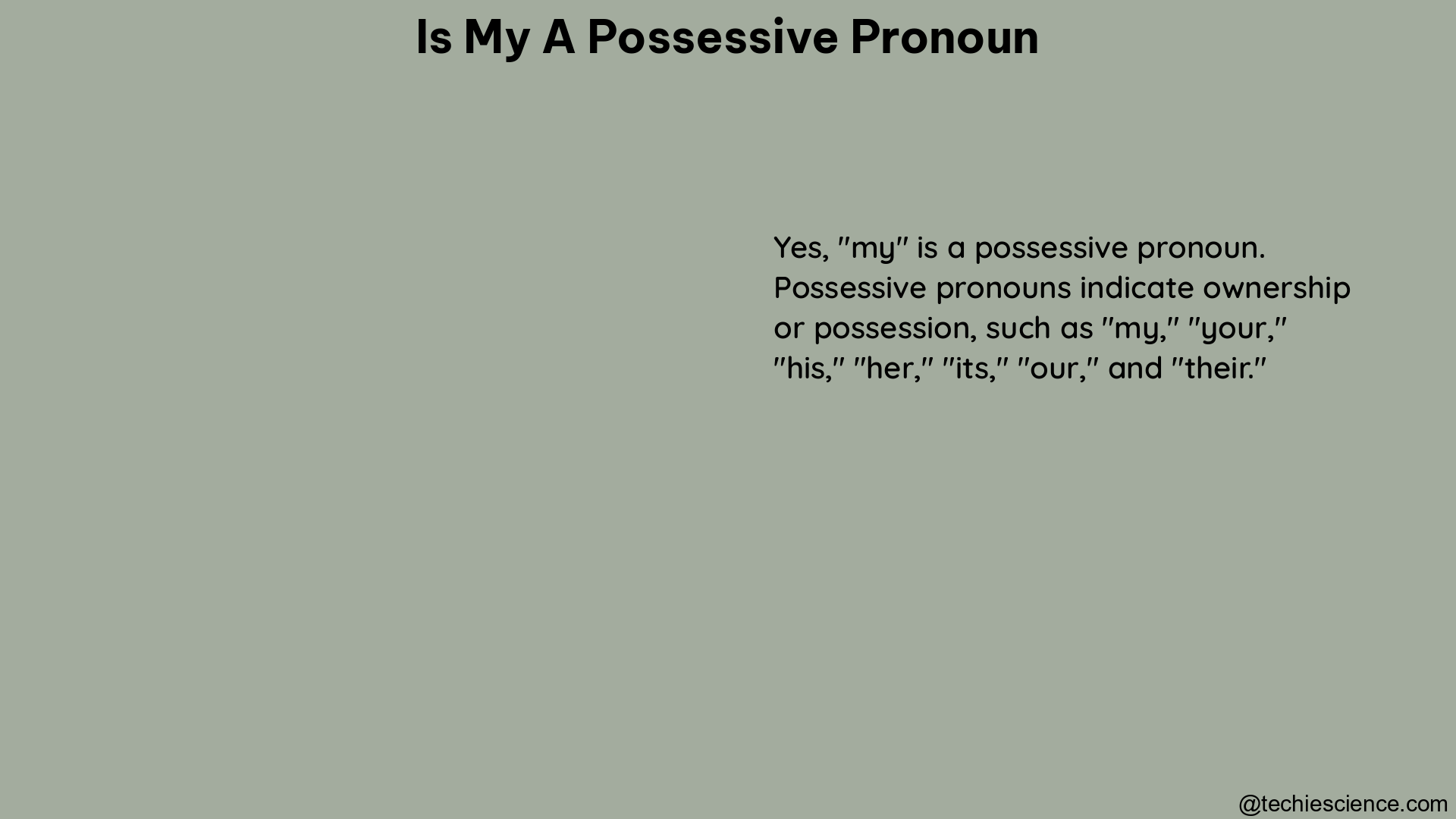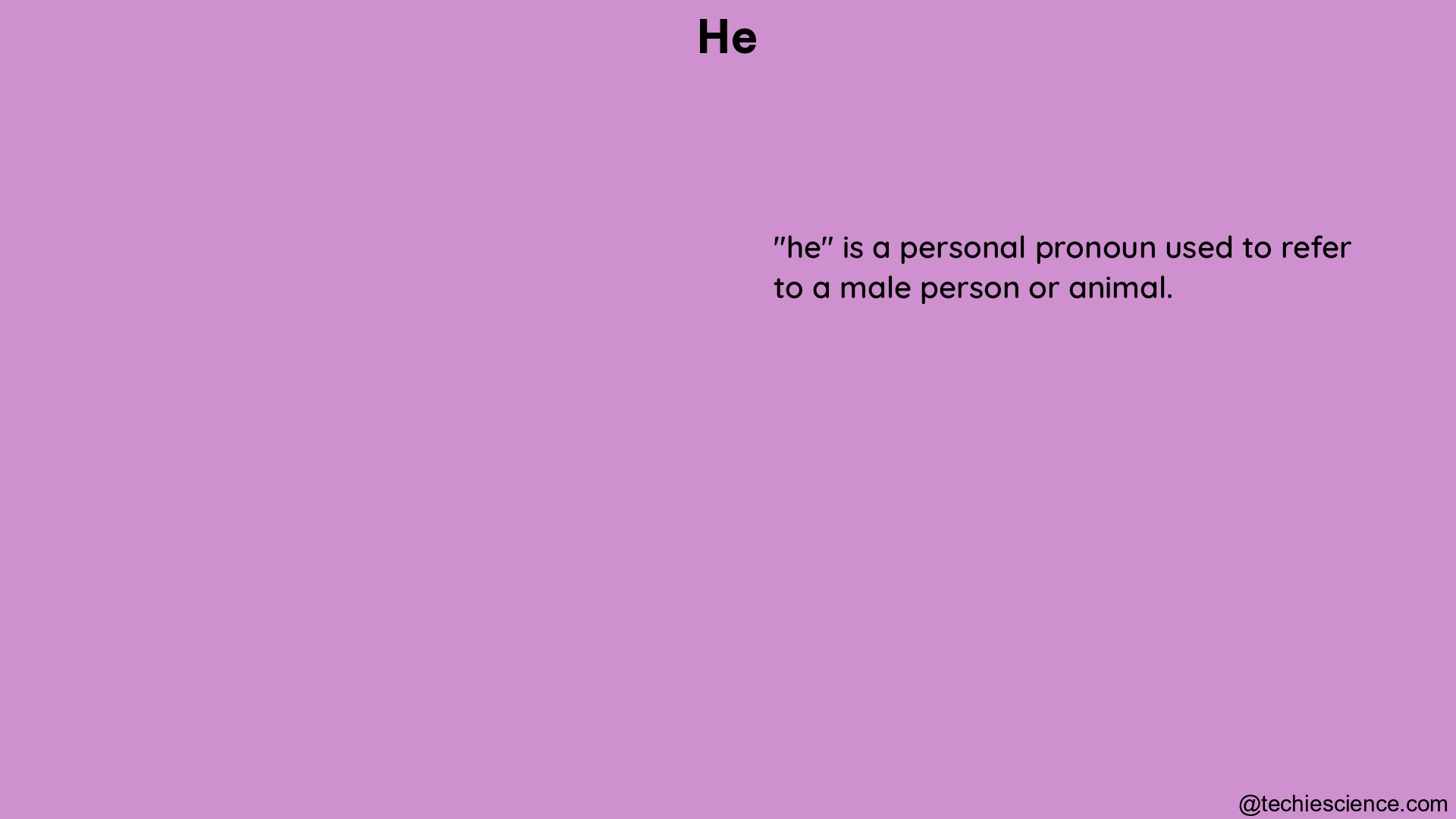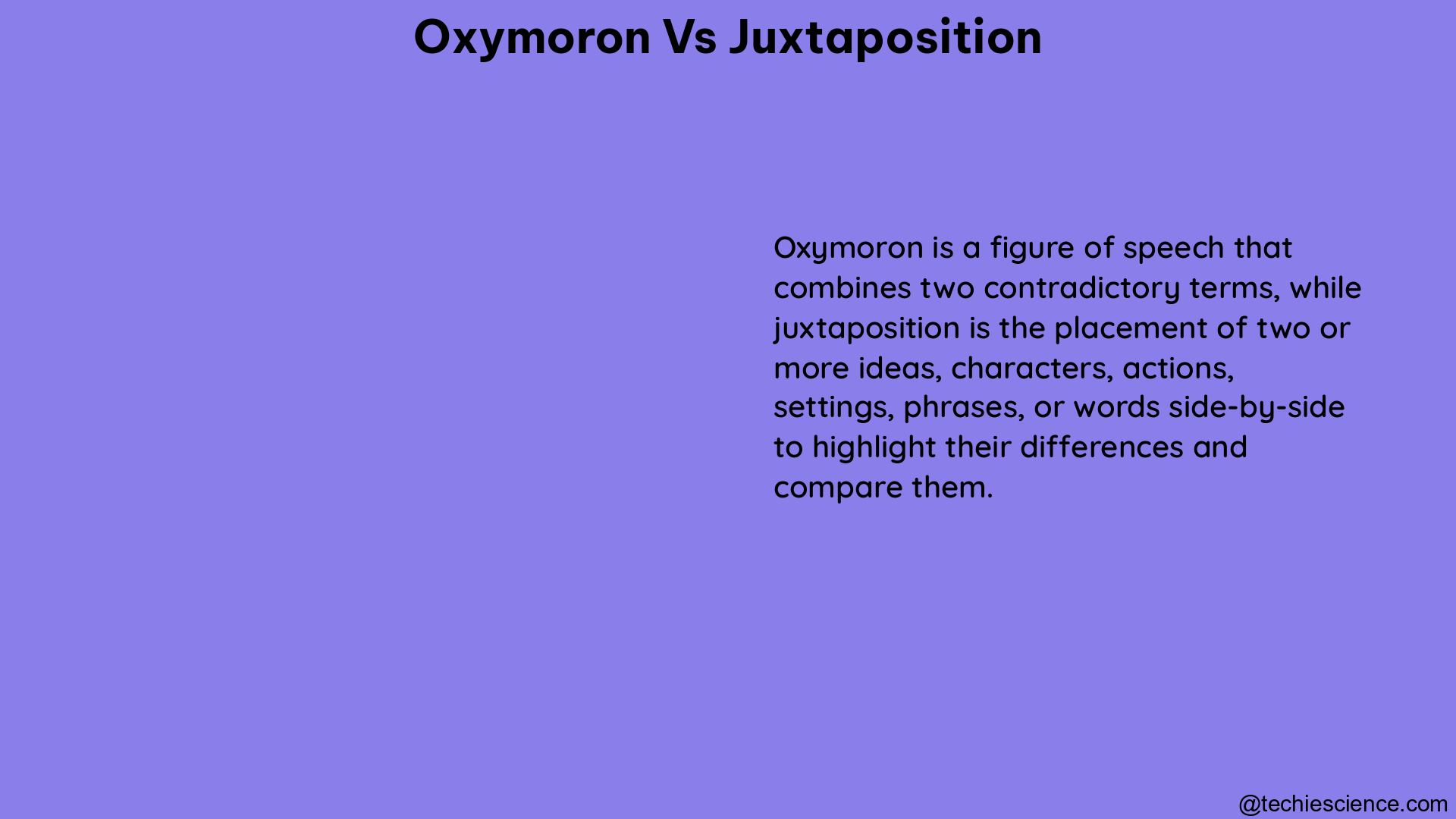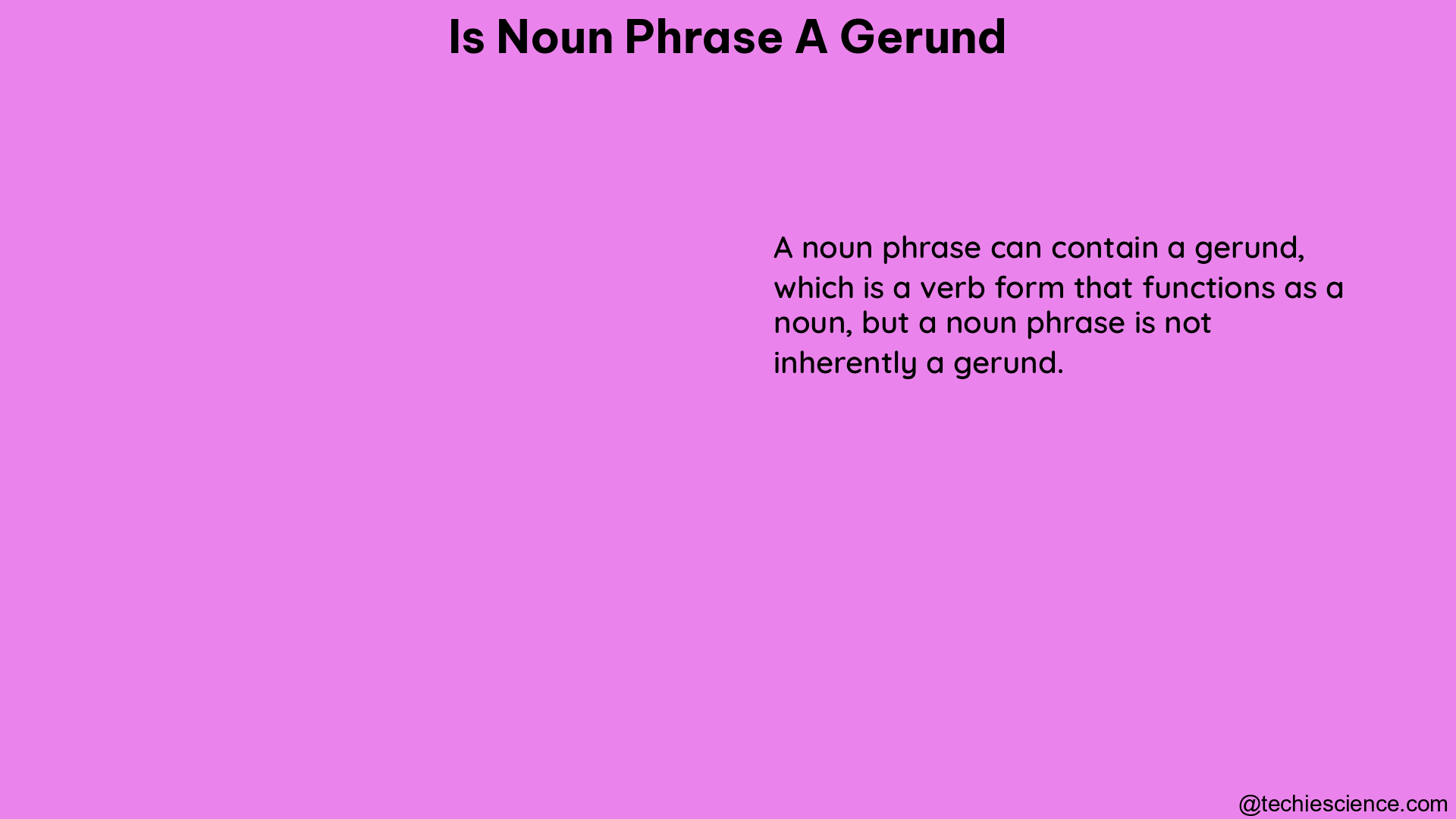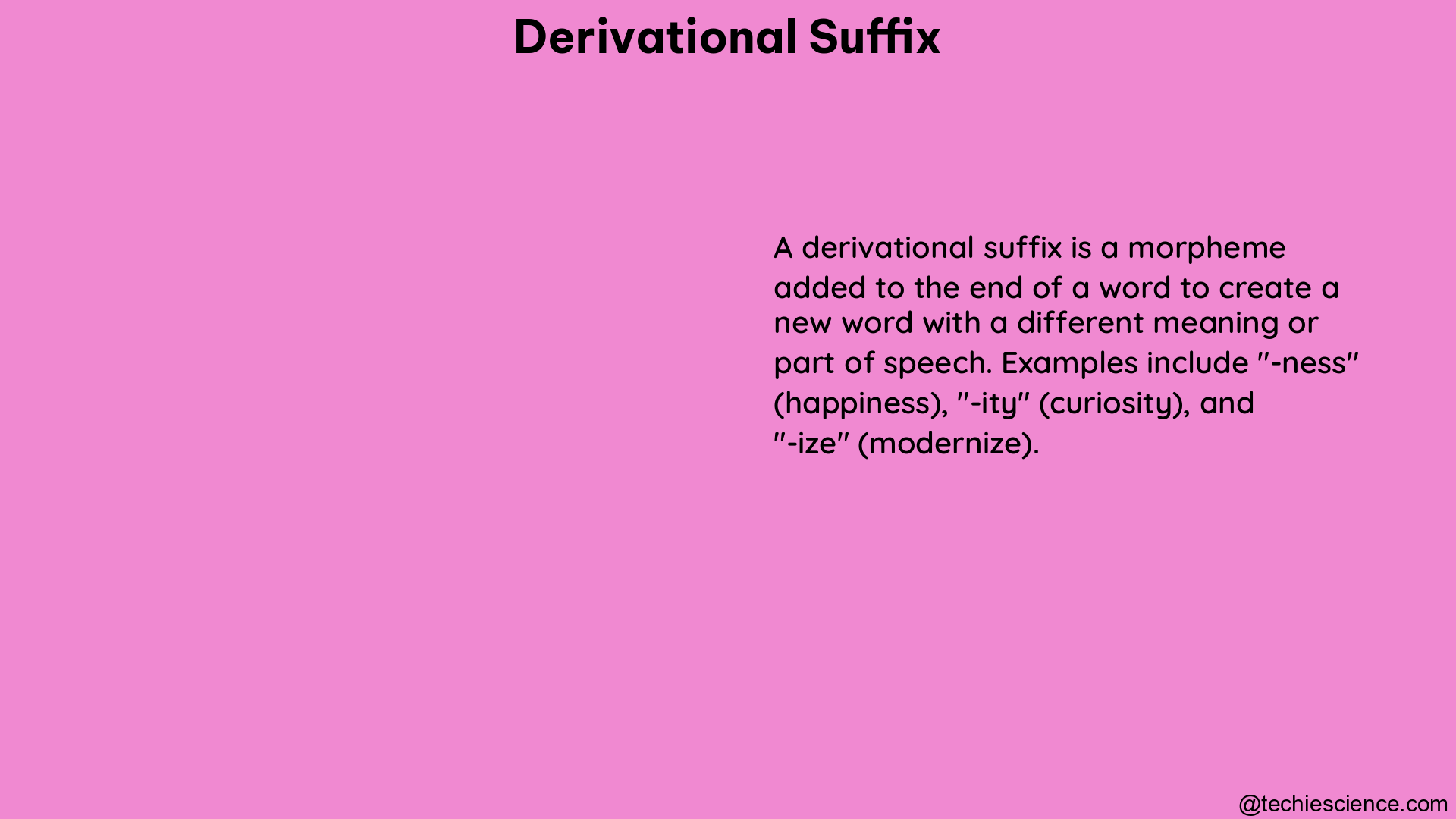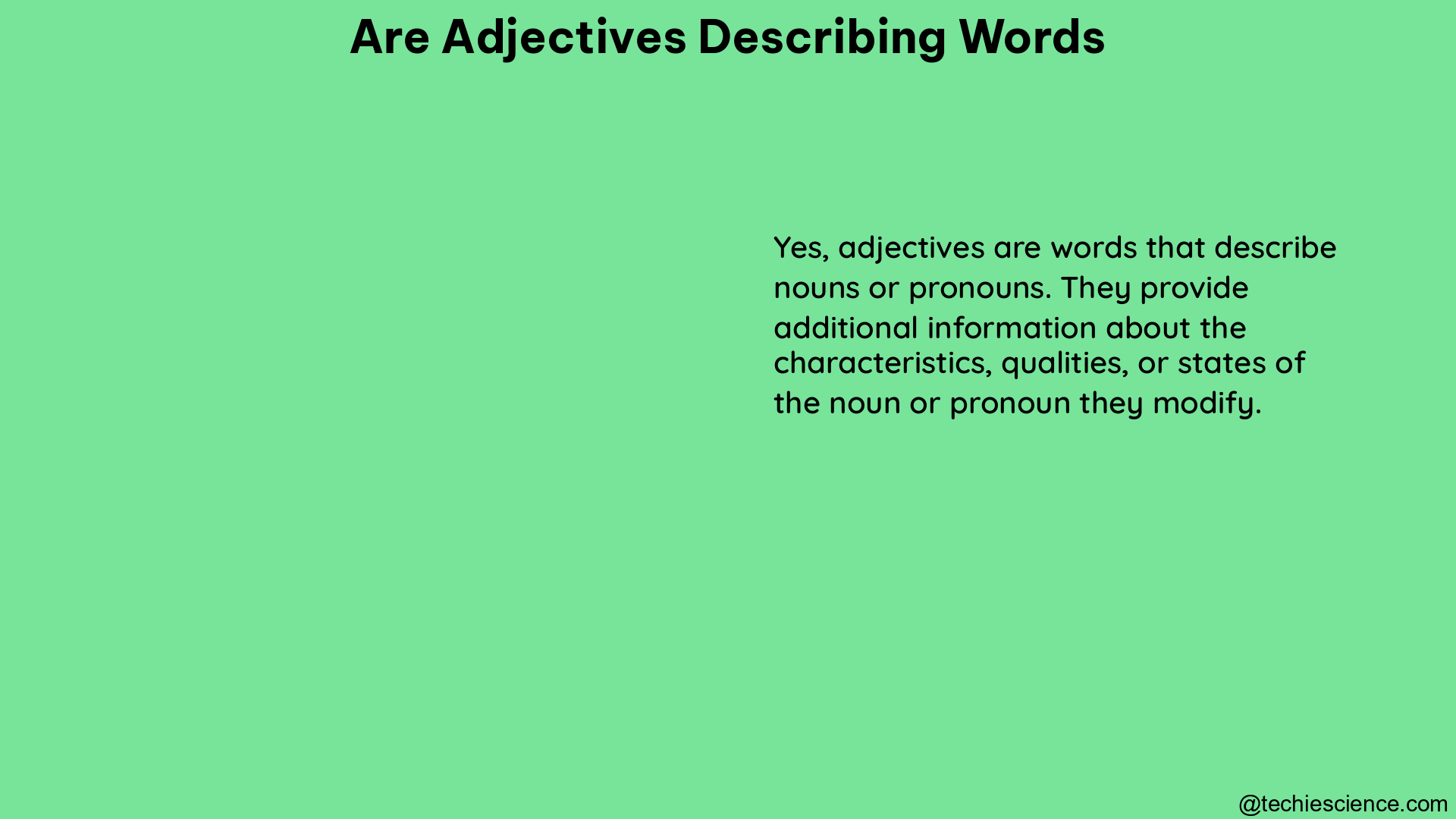Possessive nouns and possessive pronouns are essential elements in the English language, used to indicate ownership or a direct connection between a noun and its possessor. This comprehensive guide will delve into the intricacies of these grammatical concepts, providing you with a deep understanding of their definitions, examples, and specific rules to help you become a proficient user of possessive constructions.
Understanding Possessive Nouns
Possessive nouns are nouns that show ownership or a direct relationship between two entities. The formation of possessive nouns follows specific rules:
Singular Possessive Nouns
Singular possessive nouns use an apostrophe (‘) followed by the letter ‘s’ to indicate possession. For example:
- Sarah’s book
- The teacher’s desk
- The child’s toy
Plural Possessive Nouns
Plural possessive nouns, on the other hand, use an apostrophe after the ‘s’ if the noun already ends with an ‘s’. For example:
- The students’ homework
- The dogs’ toys
- The ladies’ purses
Irregular Plural Possessive Nouns
Some nouns have unique plural forms, and their possessive forms depend on whether they end with an ‘s’. For instance:
- Geese’s flock (singular: Goose’s flock)
- Wolves’ den (singular: Wolf’s den)
- Children’s toys (singular: Child’s toy)
Compound Possessives
When multiple nouns own the same object, only the last noun is possessive. For example:
- John and Sarah’s house
- The president and vice president’s policies
- The baker and his wife’s bakery
Hyphenated and Compound Nouns
For possessive nouns that are hyphenated or compound, add an apostrophe and ‘s’ to the final word if singular, and only an apostrophe if plural. For example:
- The mother-in-law’s advice
- The court-martial’s decision
- The sports cars’ engines
- The news blogs’ articles
Understanding Possessive Pronouns
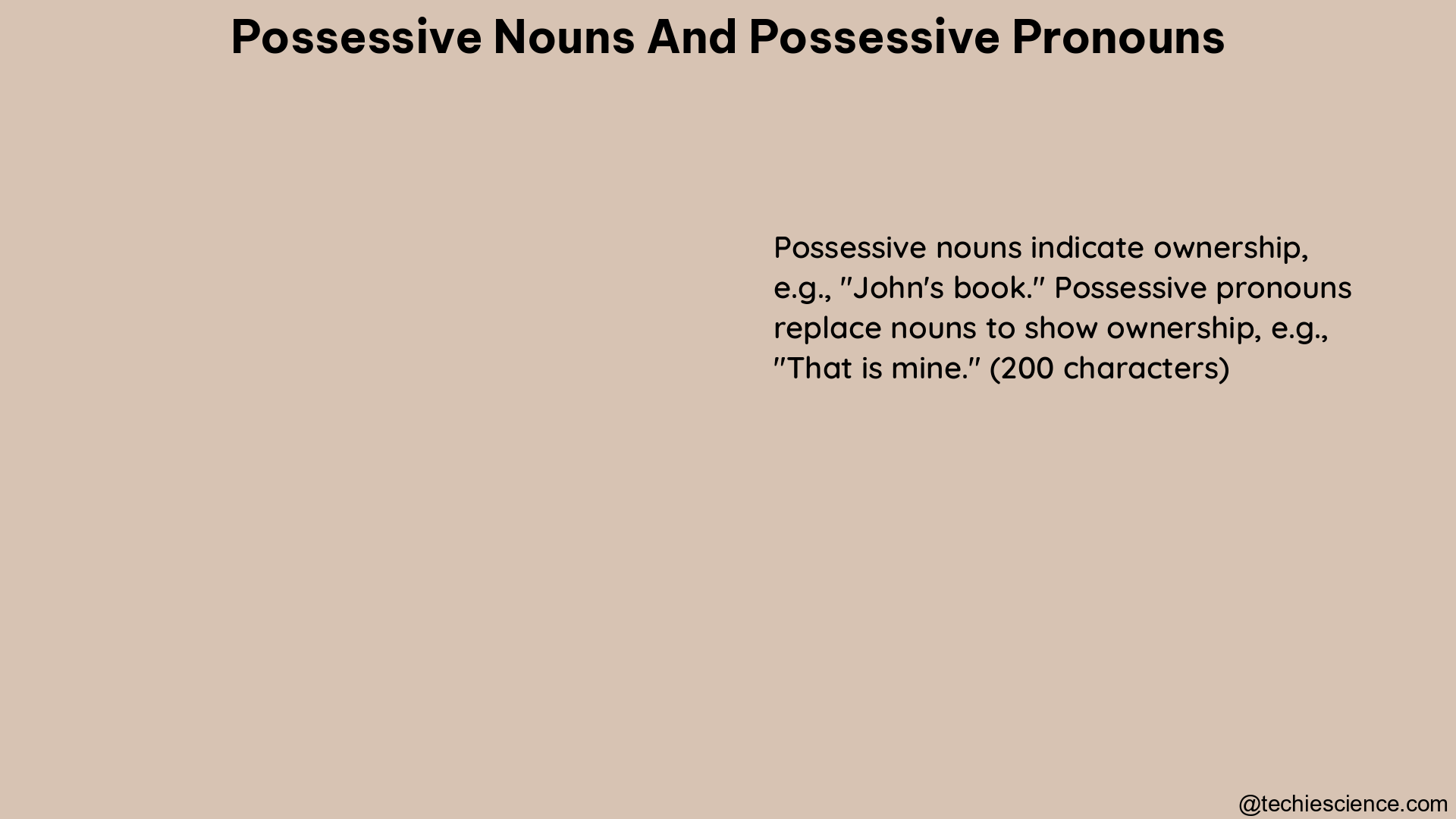
Possessive pronouns are pronouns that indicate ownership or possession. The English possessive pronouns are:
- Mine
- Ours
- Yours
- His
- Hers
- Theirs
- Whose
These pronouns are used in place of nouns to make statements about ownership more concisely, without needing to repeat the nouns representing the owner and the possession. For example:
- This book is mine.
- That car is theirs.
- Whose pen is this?
Independent Possessive Pronouns
Independent possessive pronouns are used without a noun and replace the noun in a sentence. For example:
- This is mine.
- That is yours.
Possessive Adjectives
Possessive pronouns can also be used as possessive adjectives, which are placed before a noun to modify it. For example:
- My car
- Her book
- Their house
Common Mistakes
It’s important to be careful not to confuse possessive pronouns with contractions. For example:
- Its (possessive adjective) vs. It’s (contraction of “it is”)
Key Takeaways
- Possessive nouns use an apostrophe (‘) and ‘s’ to indicate ownership or a direct connection.
- Plural possessive nouns use an apostrophe after the ‘s’ if the noun already ends with an ‘s’.
- Irregular plural nouns have unique possessive forms.
- Compound possessives only require the last noun to be possessive.
- Possessive pronouns indicate ownership without repeating the noun.
- Independent possessive pronouns replace the noun in a sentence.
- Possessive adjectives modify nouns to show ownership.
- Avoid confusing possessive pronouns with contractions.
References
- Grammarly. (n.d.). Possessive Pronouns and Possessive Adjectives. Retrieved from https://www.grammarly.com/blog/possessive-pronouns/
- Wikipedia. (n.d.). Possessive. Retrieved from https://en.wikipedia.org/wiki/Possessive
- Turito. (2022, September 2). Possessive Noun vs Pronoun: Explanation. Retrieved from https://www.turito.com/learn/english/possessive-noun-vs-pronoun-grade-4
- Grammarly. (2022, September 9). Possessive Nouns: How to Use Them, With Examples. Retrieved from https://www.grammarly.com/blog/possessive-nouns/
- Scribbr. (2023, January 20). Possessive Pronouns | Examples, Definition & List. Retrieved from https://www.scribbr.com/nouns-and-pronouns/possessive-pronouns/

